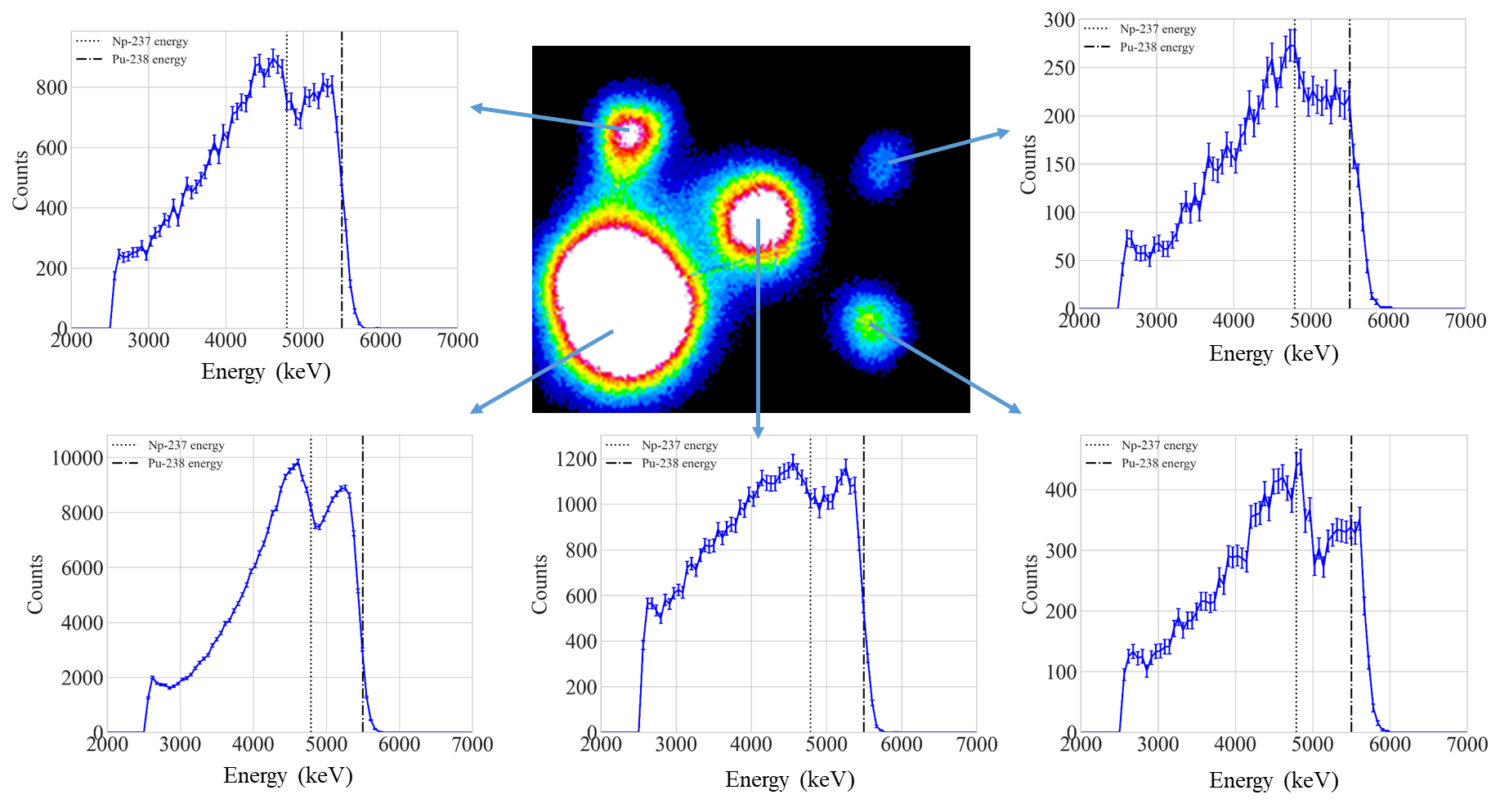In April, the Japanese government chose offshore release as the means for disposing of treated water stored at the site, part of the process of purifying contaminated water. In response, TEPCO took up the specific designing and operation of facilities necessary to begin offshore release in two years.
As part of the release facilities, the announced plan includes the preparation of groups of staged “sample tanks” with a total capacity of approximately 30,000m³. The time required to measure and evaluate radioactive concentrations before release varies depending on the nuclides involved. Thus, each group of sample tanks will have three roles: receiving, measuring and evaluation, and release.
Each group will be allocated about 10,000mˆ3 of treated water, about a two-month amount of the water, of which 150mˆ3 is being generated per day. The tanks will be operated efficiently in a six-month rotation among the groups, making possible the smooth implementation of measurements and evaluations.
According to the government’s basic policy on the handling of treated water, “New technological trends will be carefully and continuously monitored. If a viable technology emerges, it will be implemented as rapidly as practicable.”
On May 27, TEPCO started an open call for tritium separation technology in cooperation with a third party.
In addition to the above, TEPCO announced that it would launch work sometime after mid-June toward building a tsunami seawall in the Japan Trench, in response to an assessment of a potential tsunami in the area that was issued by the Japanese Cabinet last year. The company aims at completing the wall in the second half of FY23 (i.e., October 2023 to March 2024), toward the reduction of tsunami risks.












